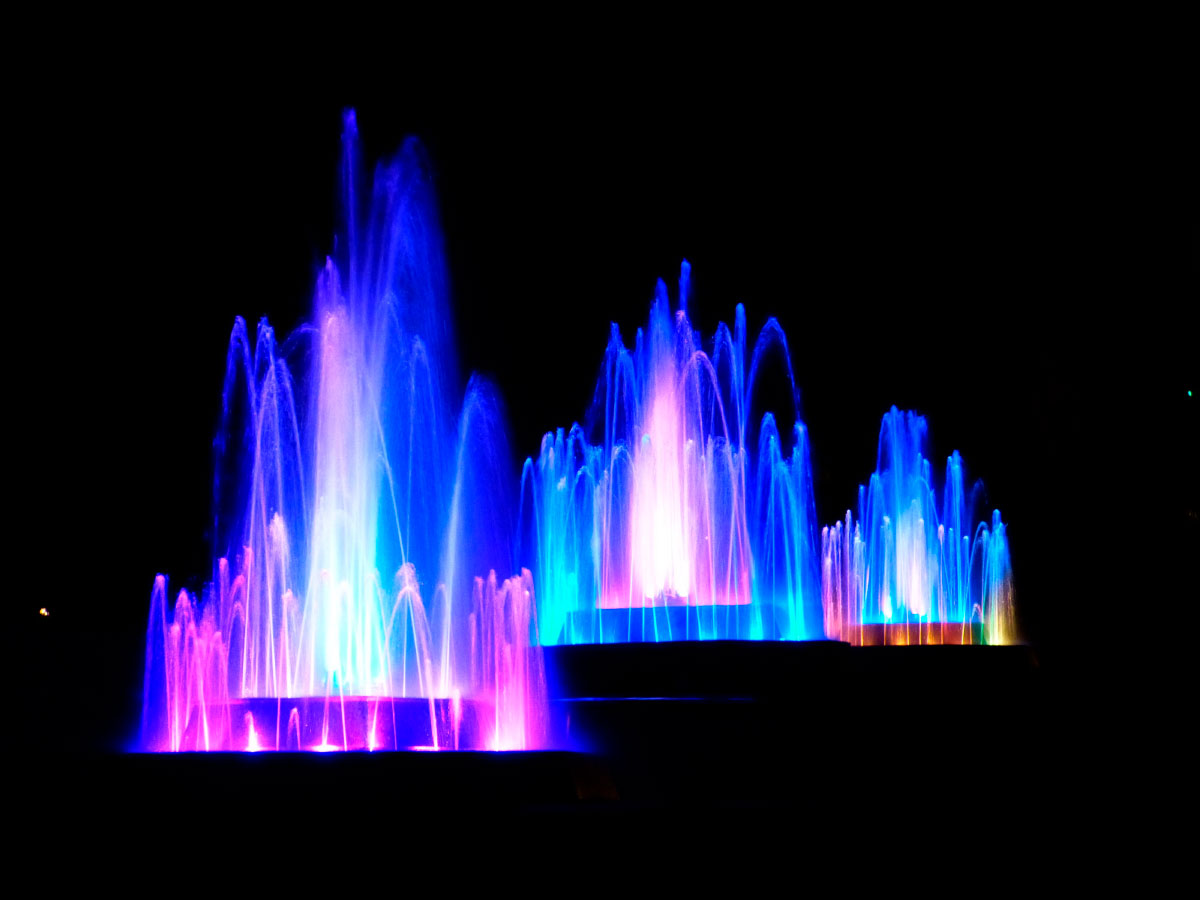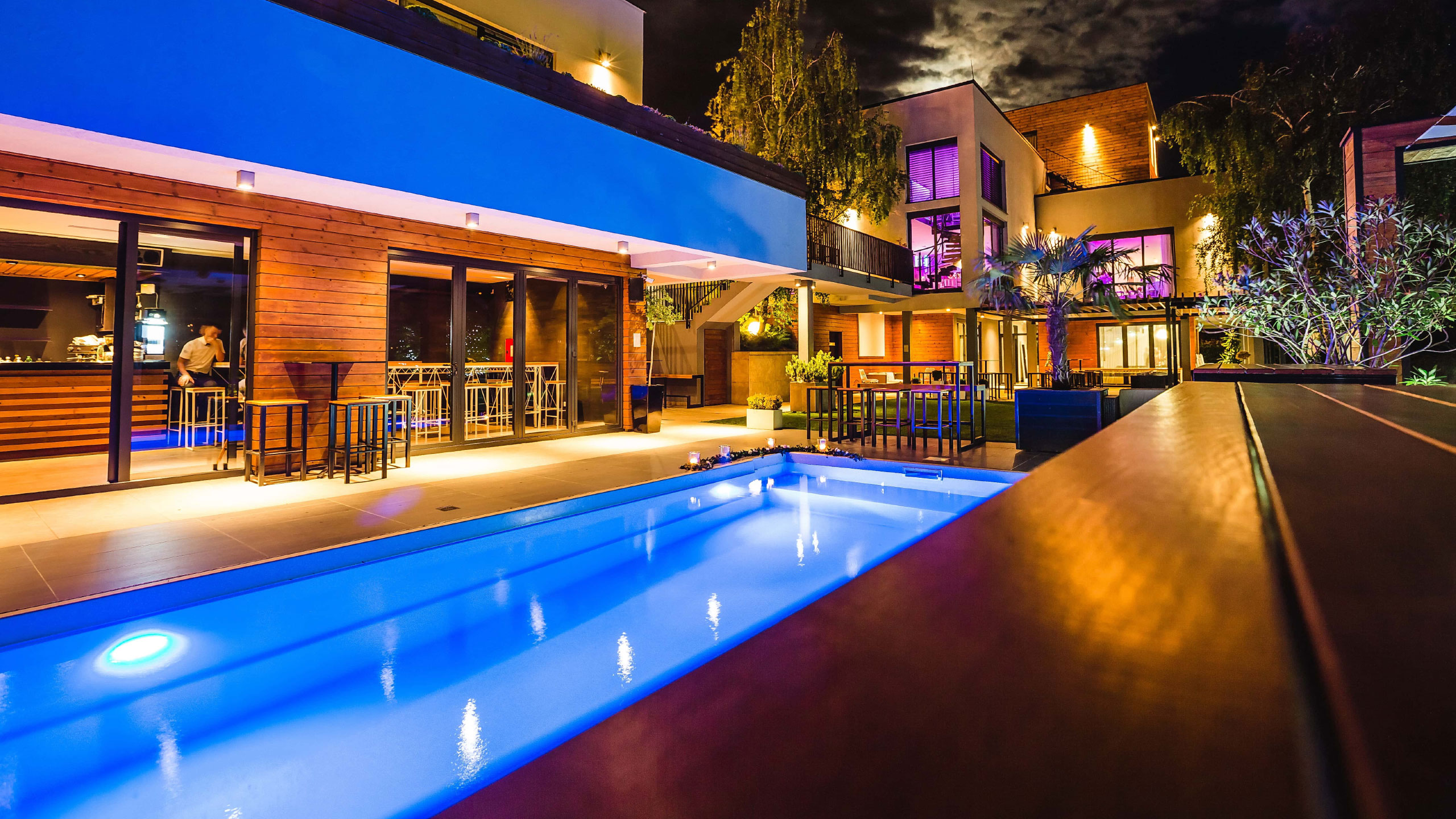Electrical installations in areas of water parks, hotels or resorts, campsites, footbaths, ornamental fountains or any other attraction involving bodies of water require special protection measures depending on the level of risk they present. In addition to following the specific provisions of each local regulation, risk areas are usually categorised and minimum safety requirements are set according to their proximity to bodies of water. These requirements typically focus on:
- Degree of protection against ingress of water (or Ingress Protection IP): This aspect concerns electrical equipment such as lights, conduits and connections. For example, inside bodies of water, the equipment must have an IPX8 rating, which guarantees protection against continuous immersion in water to a depth of 1 metre or more.
- Protection against electrical contact: Very low safety voltages, such as 12V AC or 30V DC, are generally required. In addition, in some cases, electrical isolation is required.
- Additional equipotential bonding: Additional equipotential bonding must be established. This involves electrically connecting the conductive elements in areas close to bodies of water and the protective conductors of equipment with accessible live parts.
- Restrictions on the location of electrical installations: There are limitations on the placement of sockets, conduit or overhead lines in areas adjacent to water bodies.

Amusement Logic takes into account, in the design of the leisure and tourism projects it develops, the required specifications and regulations in each location. Safety is the priority. This guarantees the safe operation of electrical installations in swimming pools, water parks, hotels or resorts, campsites and any other attraction with bodies of water, such as footbaths and ornamental fountains.
By Juan Carlos Soria, Senior MEP Engineer at Amusement Logic’s Architectural Dept.






